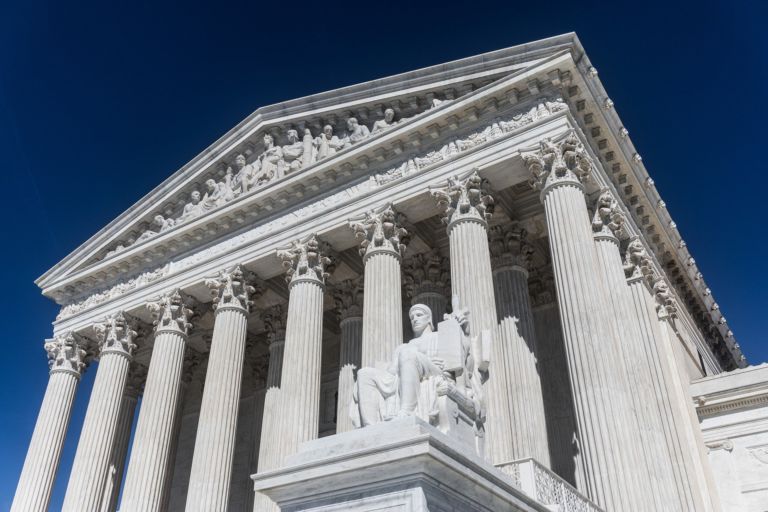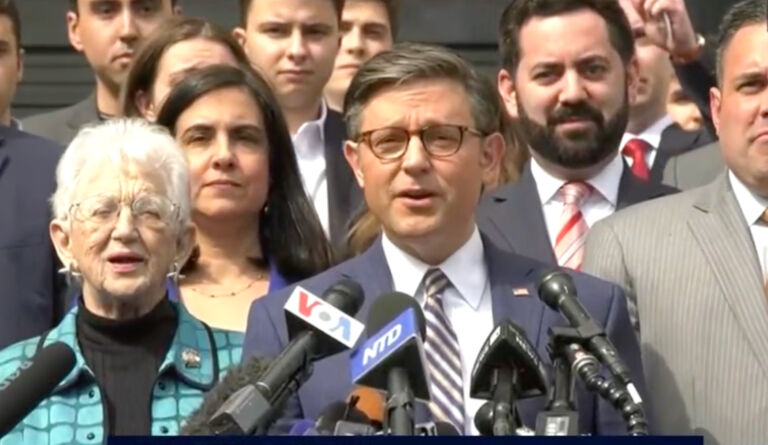At the beginning of 2012, the Wall Street Journal covered predictions that the new technologies of hydraulic fracturing and vertical wells that turn horizontally through oil-rich rock could increase U.S. oil output by 1 million barrels a day by 2016. This prediction is coming true, and we see rising U.S. oil production as well as an increase in foreign investment in properties thought to hold millions of barrels in reserves. We have also seen oil prices surge and now, perhaps, begin to fall.. Many experts are speculating that the high oil prices and their subsequent drop may indicate a bubble which has already begun to burst.
Some have taken the view that, although the price of oil may be coming down, that may not precipitate an economic downturn. Rather, they argue the “bursting bubble” will benefit U.S. manufacturing. Bob Adelmann from The New American explains that the
…market reacts to higher prices. Human action will try to take advantage of the situation by building more supply. By building more supply, the price of the commodity so dearly sought will come down, making it more affordable for everyone. The resultant lower prices raises the standard of living for everyone, even those not directly related to the oil or energy industry (such as Cal Dooley, president of the American Chemistry Council explains would happen to the auto industry). It’s how the market works. It’s how it always works. It’s comforting to see it working now, even in the face of government attempts to impede or stall or otherwise delay or derail it.


